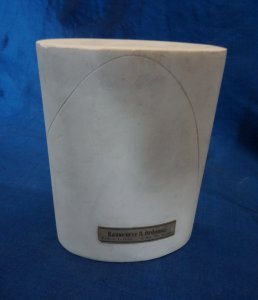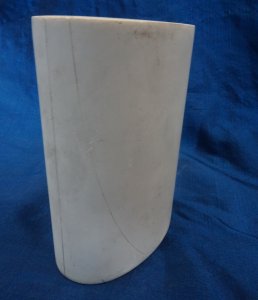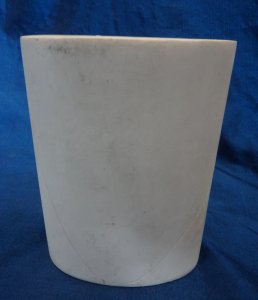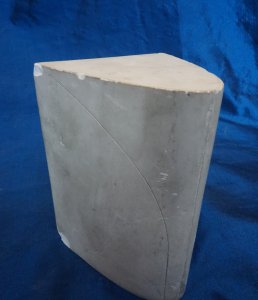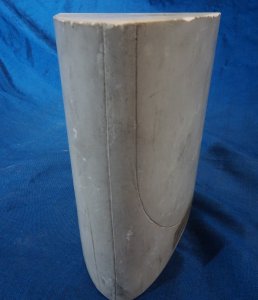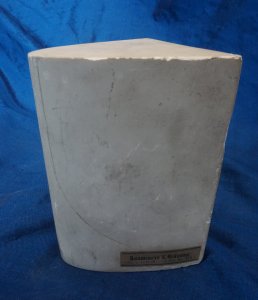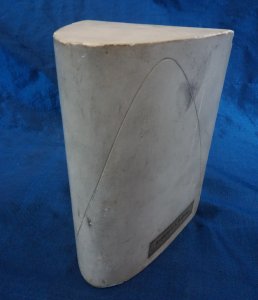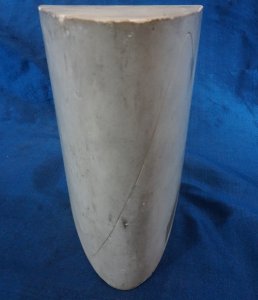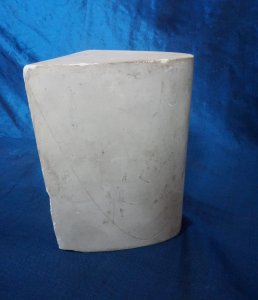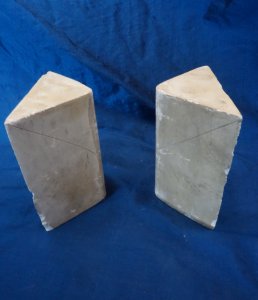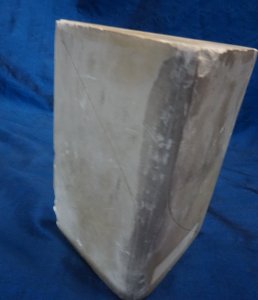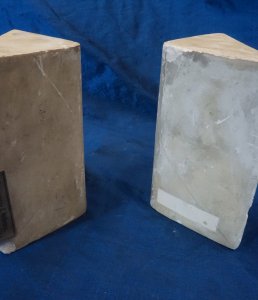Order 3 Space Curves on Order 2 Cylinders
Introduction and Terminology
A "space curve" is a curve in 3-dimensional Euclidean space ($\mathbb{R}^3$); compare this with a "plane curve", which lies in a plane.
This series of models illustrates the space curves formed by the intersections of cylinders whose cross section is a degree-two curve (a conic section) with a quadric surface such as a cone (remember that a cone has two pieces meeting at its apex). The cylinders are formed by taking a plane curve and making a ruled surface by drawing straight lines (generators) through the curve, normal to the plane containing the curve. The cylinders can be 'circular', 'elliptic', 'parabolic', or 'hyperbolic'.
We discuss cylinders within the Quadrics section, but here we take a "cylinder" to mean a more general surface than usual, so as to include elliptic cylinders, parabolic cylinders, and hyperbolic cylinders. These are the cylinders with a degree 2 curve as their cross-section. Note also that by "cone", rather than something like a traffic cone, we in fact mean a "double cone" consisting of two infinite cones meeting at their points.
The Models
The series of models VI 6a, 6b, 6c, 6d are another series built for the purpose of classification. They represent the four types of order 3 "space curves" on order 2 cylinders, and are constructed by intersecting two surfaces. For some details of their construction with nice images, see [1]. Images of their construction are probably more insightful than the models themselves.
Model VI 6a represents a "cubic ellipse", drawn on an elliptic cylinder. This curve is the intersection of an elliptic cylinder with a hyperbolic paraboloid. A (different type of) cubic ellipse can also be realised by intersecting an elliptic cylinder with a (double) cone.
Model 6b is a "cubic hyperbola", drawn on a hyperbolic cylinder. Note that the two pieces correspond to the two pieces of a hyperbola, which forms the cross section. A cubic hyperbola is given by the intersection of two hyperbolic cylinders.
Model 6c is a "cubic parabola", drawn on a parabolic cylinder. This is given by the intersection of a parabolic cylinder with a hyperbolic paraboloid or a cone. Note the cone can be thought of as a degenerate case of a hyperbolic paraboloid.
Model 6d is a "cubic hyperbolic parabola", drawn on a parabolic cylinder. This model is given by the intersection of a parabolic cylinder with a hyperbolic cylinder. Intersecting a parabolic cylinder and a hyperbolic paraboloid also yields a (different type of) cubic hyperbolic parabola.
References
[1] P. Plaumann & K. Strambach, "Geometry - von Staudt’s Point of view" (1981), pp134-135, https://books.google.co.uk/books/about/Geometry_von_Staudt_s_Point_of_V…


